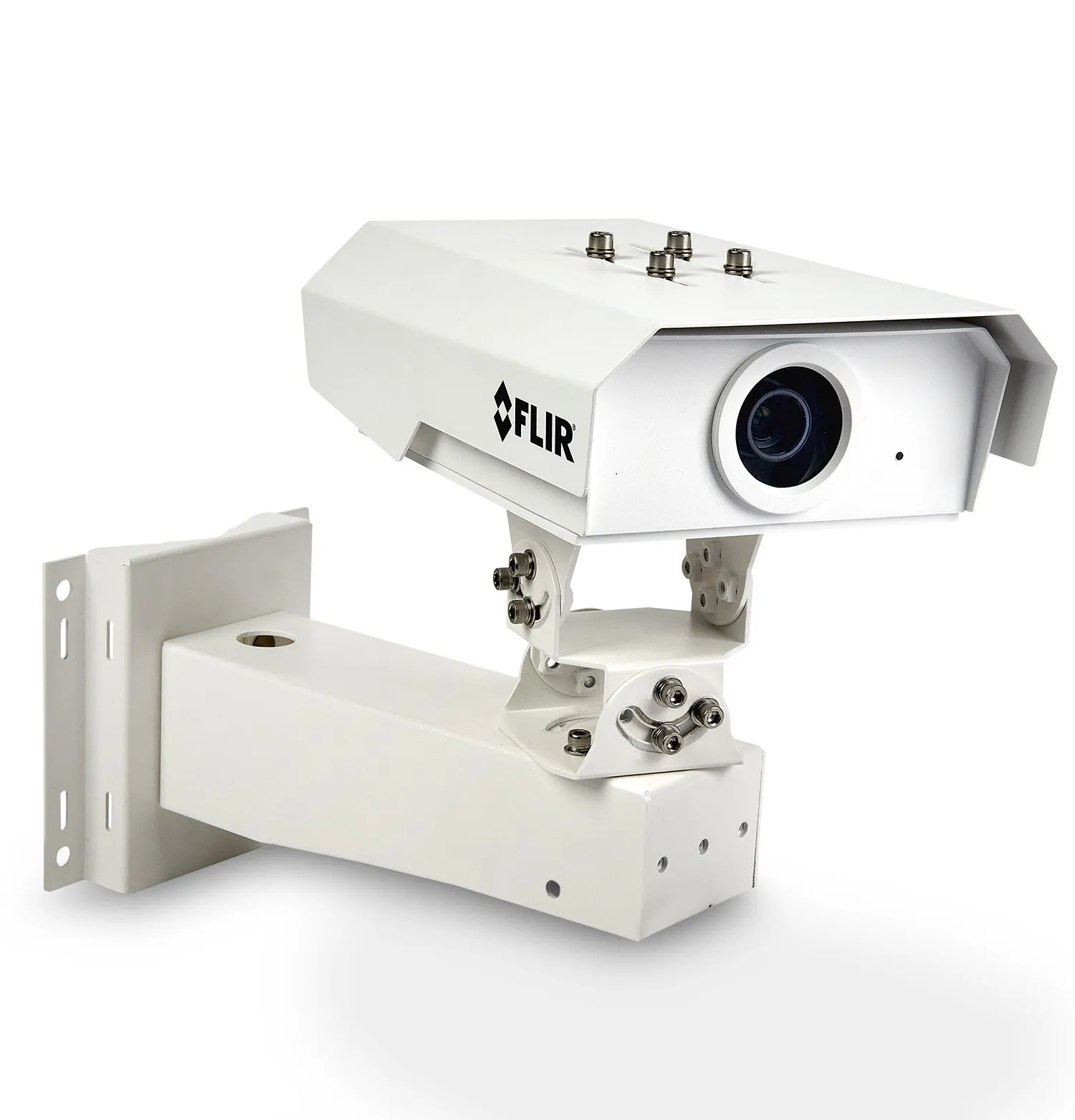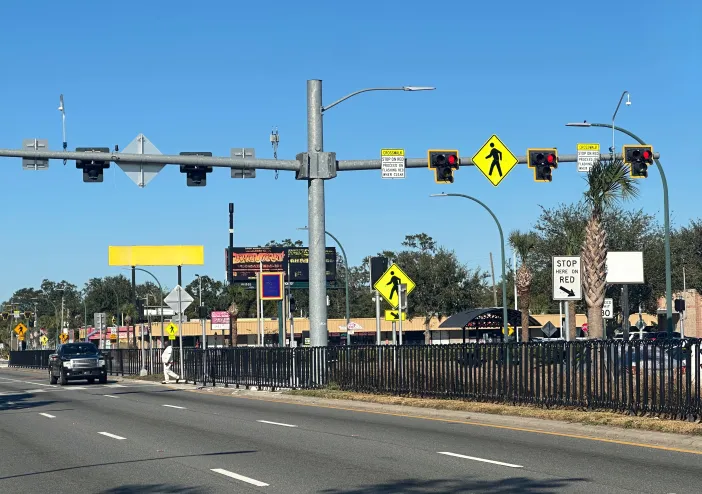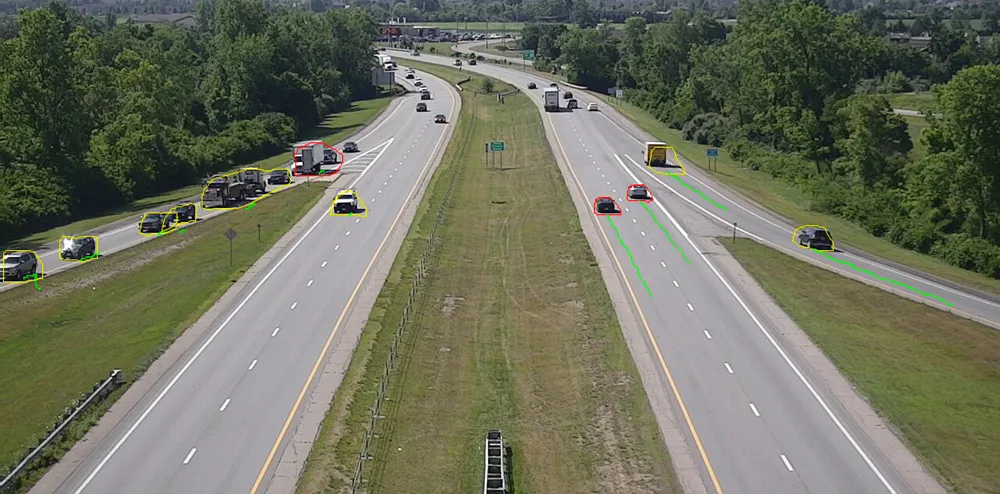
Flir, a Teledyne Technologies company, has introduced the TrafiBot AI 4K visible camera system for interurban traffic intelligence.
The company says that the closed-circuit traffic camera offers the most robust artificial intelligence (AI) for the highest detection performance. It provides the most reliable traffic data collection along interurban roadways from highways to tunnels without sacrificing imaging resolution or data loss due to bandwidth issues.
TrafiBot AI uses two Flir proprietary AI models developed from millions of Flir-captured images collected across the world during the past 30 years. One model identifies and classifies fallen objects. Meanwhile, the other classifies vehicles, including unusual objects such as e-scooters and car-hauler trucks, along with vulnerable road users such as pedestrians and bicyclists.
Combined with the patented 3D world tracker, TrafiBot AI features a greater capacity to detect incidents within a scene. As vehicles enter its field of view, the camera anticipates vehicle speed and trajectory, even if tracked objects become occluded or obscured by other vehicles, objects or road infrastructure. TrafiBot AI can also detect sudden lane changes, tailgating or wrong-way drivers, providing critical data to traffic managers to better manage safety incidents while reducing false alarms.
“Intelligent traffic management systems have made great strides during the past decade, and today traffic management teams require more immediate, accurate traffic data to alert first responders, save lives, and get vehicles moving again,” said Stefaan Pinck, vice president of business development at Flir.
“TrafiBot AI provides that capability through a combination of proprietary AI models, 3D world tracker and an innovative three-axis rotational design that provides greater installation flexibility for mounting on roadway infrastructure, including sloped walls of tunnels and within tight spaces.”
Gil Marques, president of Tacel, a Canadian supplier of advanced traffic management systems and traffic control devices, said Flir “has gone in the right direction” by integrating its own traffic intelligence experience dating back more than 30 years within its AI algorithm.
The three-axis camera swivel pans, tilts, and rolls sideways, eliminating the need for custom adapter plates that take time to install. The tilt sensor inside also calibrates automatically, further reducing installation time and any ensuing traffic disruption.
TrafiBot AI is housed within an IP 66/67-rated non-corrosive, stainless-steel casing built to withstand all types of weather, including salt air and humidity, along with high-pressure water blasts from road-and-tunnel cleaning operations. The 4K camera also features an optical zoom of six to 22mm with a detection range of up to 300m. This provides greater coverage per camera compared to predecessor Flir intelligent traffic cameras for improved decision support.
The camera is designed to integrate with the recently launched Flir Cascade software that collects and organises data from TrafiBot AI. It also provides a incident filtering system to ensure only the relevant incidents are shown to the traffic operator. If an incident is detected, a short, 4Kresolution video clip of the scene is flagged for the traffic management team for immediate review. TrafiBot AI can further integrate with video management systems to provide live footage.









